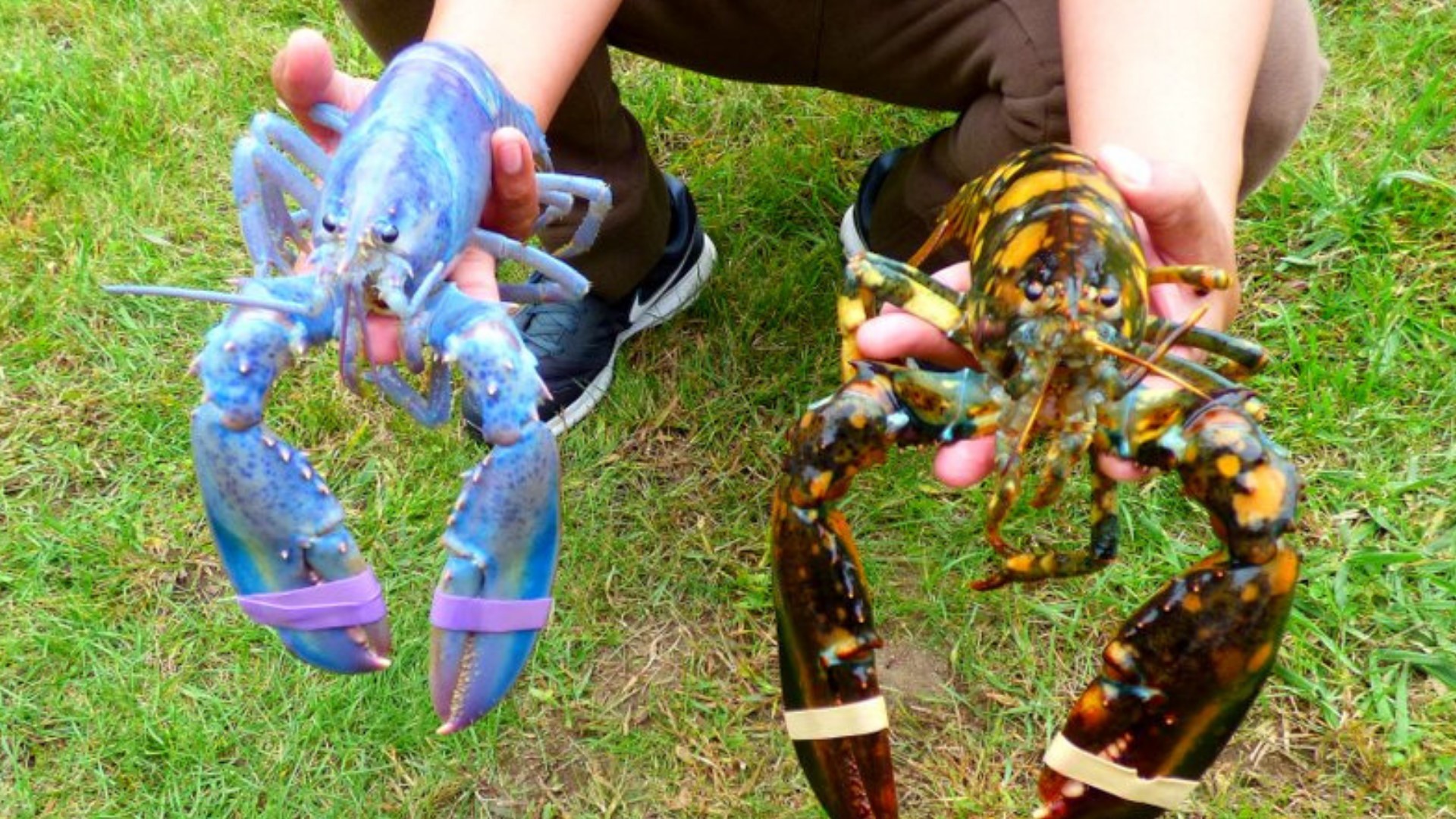
They then transported Freckles to the museum in Newport News, the museum said in a press release Tuesday. On April 29, two Virginia Living Museum employees traveled to Manassas and collected the lobster from the restaurant tank. Split-colored varieties have been pegged at 1-in-50 million. While yellow and orange-and-black calico lobsters come in at 1-in-30 million. “We hope Freckles brings lots of joy to guests of the museum and lives a long and wonderful life,” the spokesperson said. The odds of catching a blue lobster are 1-in-2 million.
#Calico lobster free
“Because a calico-colored lobster is so rare and vulnerable in the wild, it was important that we found him a good home versus setting him free in the wild where he likely would not survive.” The odds of seeing a calico-colored lobster like it, with its head, tail and claws dotted with dark blue and bright orange spots, is about 1 in 30 million. “Calico-colored lobsters like Freckles are so rare because their coloring makes them very visible and thus vulnerable to predators,” the Red Lobster spokesperson said. Someone happened to notice that it was the rare Calico lobster, and they were able to rescue it before it became dinner, Fox News reports.

To provide the lobster with a safe home, the restaurant reached out to officials at the Akron Zoo who connected them with the Virginia Living Museum, where Freckles will now live. The calico variety, like this lobster found off the coast of Cape Elizabeth, are rarer than even a blue lobster Credit: Getty We appreciate the help of our friends at the Akron Zoo, who made the connection to the Virginia Living Museum, where Freckles is now in quarantine before joining the lobster display,' the representative added.

Red Lobster confirmed the animal, appropriately named 'Freckles,' has been donated to a museum. A rare yellow lobster, named Banana, has been caught off the coast of MaineĬalico lobsters are the third rarest lobsters in the world, preceded by split-colored and albino lobsters, the spokesperson said, adding that the chance of catching a calico is 1 in 30 million. Experts say this type of crustacean are one in 30 million.


 0 kommentar(er)
0 kommentar(er)
